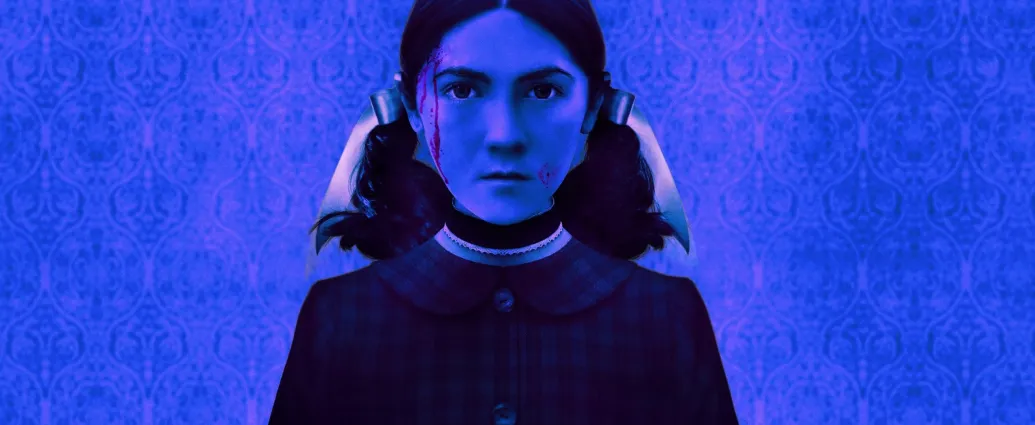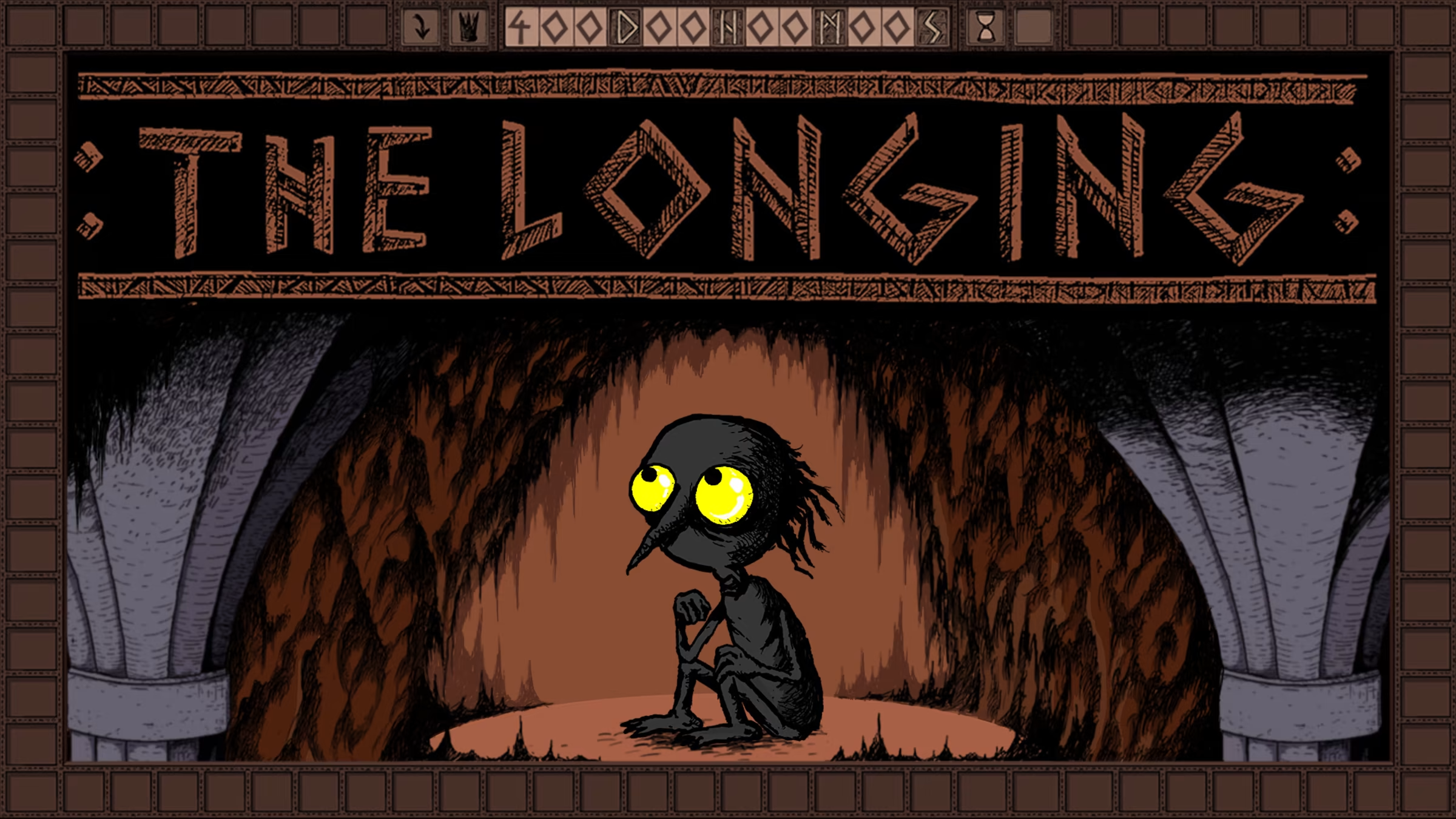I have often had times when I have talked about the videogames I am playing (when I rattle off names like Dandy Ace and Curse of the Dead Gods, or Welcome to Hanwell and Injection Pi 23) and I am met with a Michael Myers style head tilt.
Indeed. A lot of the videogames I partake in are from smaller companies and are often unknown from the public at large (not all of them, but a lot of them). I like that, really. Although you will find a million reviews of the latest Zelda, I’d like Die Die Retry to bring players someplace they might not otherwise have been.
Kaze and the Wild Masks is a videogame I’d like to bring players to.
It is a videogame that was on my radar straightaway, but I was apprehensive because of the thirty-dollar price point. Trying to write about a low of different videogames can be a double-edged sword. As much as I want to support a smaller company, like many of you, I can’t exactly throw that kind of money at every videogames that piques my interest. Sure, once or twice is fine, but do it a dozen times, and you’ll be filling the sting of it. Likewise, it has to be said that I have been burned once or twice over the years. Like any friend, Kaze started out as a stranger, but, as we know, not every stranger ends up a friend.
So, I waited until Kaze was marked down.
Straightaway, I appreciated the influences that Kaze and the Wild Masks wears on its sleeves, with a lot of inspiration drawn from Donkey Kong Country. And, I do mean, a lot of it. Whether it be the age-old gimmick of hiding letters someplace in each level, or the mechanics and movements of how the player progresses, like Yooka-Laylee was to Banjo-Kazooie, Kaze and the Wild Masks could easily call be mistaken for a spiritual successor to Donkey Kong Country.
The only difference is that Yooka-Laylee had some of the crewmembers from Banjo involved in its development, whereas game developer Pixelhive is mostly newcomers, banding together to write a love letter to 2D platformers.
Set in a lush, vibrant 2D landscape, Kaze and the Wild Masks is very aesthetically appeasing, accomplishing a beautiful art style that I came to appreciate and then, adore by the end. It was what drew me in early on.
Truth is, we’ve seen a lot of videogames from a lot of indie developers that all have the marketing and background. They’re developers who loved Mario or Crash Bandicoot, or Donkey Kong, and now, they want to pay homage to it in someway. In the end though, if everyone is writing love letters, no one is making the videogames that tomorrow’s generation will want to pay homage to. The genre isn’t evolving or moving forward, it is resting on its laurels and left to the player to sift through the cheap knockoffs in-order to create themselves a longstanding, makeshift franchise.
The appeal of how Kaze and the Wild Masks looks is that it isn’t a cheap knockoff nor is it a thrown together homage of Donkey Kong Country, what Kaze and the Wild Masks accomplishes is a highly-polished, very clean platformer. Everything is crisp, vibrant, and topnotch. This is a videogame that pays tribute and yet, does justice to the genre before it.
The storyline is straightforward and, ultimately, something that can easily be taken or left. The cutscenes and story bits are largely told through stilled illustrations, backed by written word, and aren’t anything I left remembering after I played it. Thankfully though, the same can be said about the very best of them, like Country or Rayman Legends. Storyline has never been the meat of most 2-D platformers, and although the framework is certainly appreciated, it isn’t make-or-break when it doesn’t flourish.
The gameplay is fun and creative, complimented once more by the amount of care that clearly went into the finished product. Other similar indie videogames, even ones I thoroughly enjoyed, are able to sometimes come together with a very appealing aesthetic, but their gameplay degrades the longer you spend with it. Everything feels right with how Kaze moves and jumps around, her double-jump and the special-abilities she uncovers throughout her journey.
Hereafter though, it does warrant mentioning that Kaze and the Wild Masks doesn’t mess around with its difficulty either. Although neither Tropical Freeze nor Rayman Legends were what I call casual playthroughs, per se, (it depends on what you’re trying to get out of each of them) I would argue Kaze and the Wild Masks is significantly more difficult than either of them. I hesitated to say Kaze finds itself grouped with Cuphead, Hollow Knight, and Shovel Knight, as far as indie videogames are concerned. However, after completing Kaze, it doesn’t feel like as much an exaggeration as I initially thought. Obviously though, their challenges are different. Whereas they find their difficulty in boss-battles and direct combat, Kaze finds its difficulty in platforming and the particulars of its progression, timing and trial-and-error.
Some levels are easier than others, but, sometimes, levels can feel more than a little frustrating to complete, largely because of how the gameplay presents itself. It is easier to accept a mammoth monster crushing you into rubble, but when you’ve spent three minutes white-knuckling it through a marathon of very specific platforming sequences, only to fail by a millimeter, that’s a harder pill to swallow.
Kaze and the Wild Masks threads the needle to being too difficult (to where it is no longer enjoyable) and a good challenge (that rewards patience and skill). However, because of its difficulty options, I feel it is a nonissue and actually something that works in the videogames favor, satisfying both types of player. I completed Kaze and the Wild Masks on the Normal difficulty, but I had a couple instances where I was debating on how much it was worth to me, or if I would rather move onto something else. Kaze and the Wild Masks had my back on that. The easier difficulty setting would have had my back on that, allowing what was still a considerable challenge with a little more leniency in its checkpoints and health. It is a rewarding experience no matter which way you play, and sees you go traverse an array of terrains, toppling obstacles you previously thought unbeatable.
Something I always appreciate is when a videogame like this has difficulty options that aren’t insulting to the player using them. They aren’t calling you a Lesser Ninja (or putting a pacifier in your mouth), and maybe with practice, the player will feel more incentivized to try harder difficulties when they’re more comfortable with it.
Kaze and the Wild Masks is good fun by the end. The estimated playthrough time is in the neighborhood of 5-7 hours, but I was so enamored by it I challenged myself to unlock every collectible, complete Time Trials, etc., spending about 15 hours with the videogame altogether. It doesn’t reinvent the wheel, per se, hanging onto a lot of familiar tropes and staying largely grounded in the roots of the genre, but it does pack a mighty wallop of a punch in its own right.






GIPHY App Key not set. Please check settings